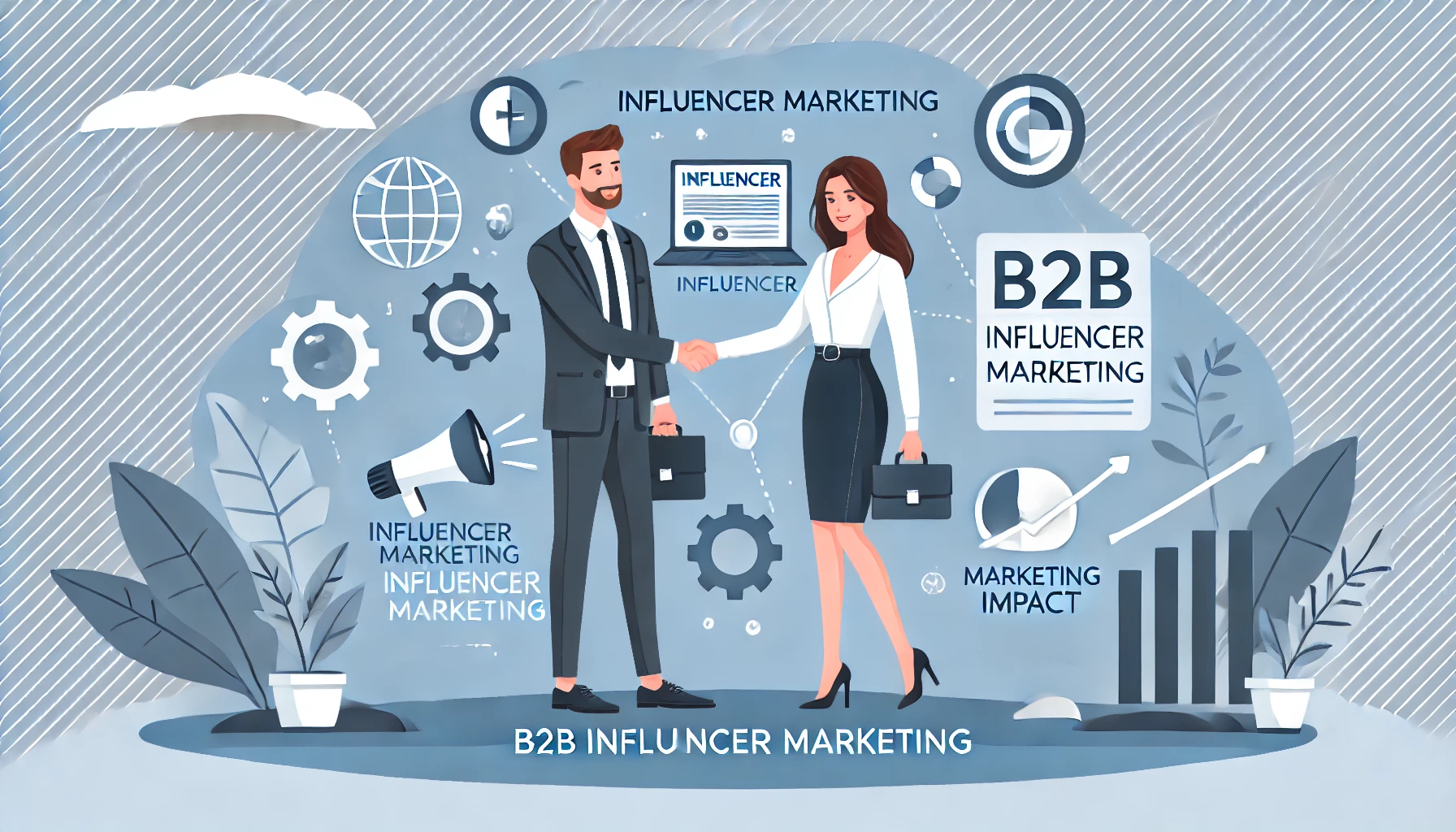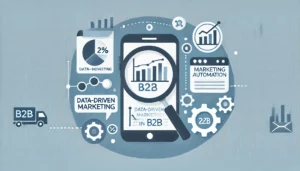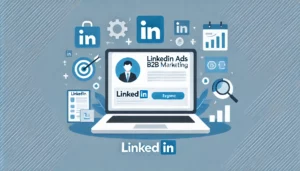Maximizing ROI with B2B Influencer Marketing

Influencer marketing has become a powerful tool in the B2C space, but its potential in B2B marketing is equally significant. Leveraging industry influencers can enhance brand credibility, expand reach, and ultimately drive business growth. This blog explores how to maximize return on investment (ROI) with B2B influencer marketing by identifying the right influencers, implementing effective strategies, and measuring success.
Identifying and Collaborating with Industry Influencers
The first step in maximizing ROI with B2B influencer marketing is identifying and collaborating with the right influencers. Here’s how to do it:
Defining the Right Influencer for Your Brand
An effective B2B influencer is someone who has credibility and authority in your industry, a strong following of engaged professionals, and the ability to create valuable content. Define the characteristics of an ideal influencer that aligns with your brand values and target audience.
Researching and Selecting Potential Influencers
Conduct thorough research to identify potential influencers in your industry. Use tools like LinkedIn, Twitter, and industry-specific platforms to find influencers who are active and respected. Analyze their content, engagement rates, and audience demographics to ensure they align with your brand.
Approaching and Establishing Collaborations
Approach influencers with a clear value proposition and collaboration proposal. Explain how the partnership will benefit both parties and provide specific details about your campaign goals and expectations. Building a genuine relationship based on mutual respect and value is key to successful collaborations.
Strategies for Effective Influencer Marketing
Implementing the right strategies is crucial for the success of your influencer marketing campaigns. Here are some effective strategies to consider:
Creating a Clear and Compelling Value Proposition
Communicate the unique value your brand offers and how the influencer’s involvement can enhance this value. Clearly outline the benefits for the influencer, such as exposure to a new audience, potential partnerships, or compensation. A compelling value proposition motivates influencers to collaborate with your brand.
Setting Goals and Expectations
Define clear goals and expectations for the influencer marketing campaign. These may include increasing brand awareness, generating leads, or driving sales. Setting measurable objectives helps in evaluating the campaign’s success and ROI.
Developing a Content Plan
Collaborate with influencers to develop a content plan that aligns with your marketing goals. This plan should include the type of content to be created (e.g., blog posts, videos, webinars), the platforms to be used, and the timeline for content delivery. Ensure the content is valuable, relevant, and engaging for your target audience.
Measuring the Impact of Influencer Marketing
Measuring the impact of your influencer marketing campaigns is essential to determine ROI and make data-driven decisions. Here’s how to effectively measure and analyze campaign performance:
Key Performance Indicators (KPIs) to Track
Identify the KPIs that align with your campaign goals. Common KPIs for influencer marketing include engagement rates (likes, comments, shares), reach and impressions, lead generation, and conversions. Tracking these metrics provides insights into the effectiveness of the campaign.
Tools and Techniques for Measuring ROI
Use analytics tools like Google Analytics, social media analytics, and influencer marketing platforms to track and measure campaign performance. These tools provide detailed data on audience engagement, website traffic, and conversion rates, helping you calculate the ROI of your influencer marketing efforts.
Analyzing Campaign Success and Making Adjustments
Regularly analyze the data collected to assess the success of your campaigns. Identify what worked well and what didn’t, and make necessary adjustments to improve future campaigns. Continuous optimization based on data insights ensures better performance and higher ROI over time.
Case Studies of Successful B2B Influencer Campaigns
Learning from real-world examples of successful B2B influencer marketing campaigns can provide valuable insights and inspiration. Here are a few case studies:
Company A: Expanding Reach and Brand Awareness
Company A partnered with a well-known industry influencer to host a webinar. The collaboration resulted in a 50% increase in webinar registrations and a significant boost in brand awareness. The influencer’s credibility and reach helped Company A connect with a larger, engaged audience.
Company B: Driving Lead Generation
Company B worked with an influencer to create a series of educational blog posts and videos. The content addressed common industry challenges and provided valuable solutions. As a result, Company B saw a 30% increase in website traffic and a 20% increase in lead generation, demonstrating the effectiveness of targeted, valuable content.
Company C: Enhancing Credibility and Trust
Company C collaborated with multiple influencers to co-create a comprehensive industry report. The report was widely shared and cited, enhancing Company C’s credibility and establishing it as a thought leader. The campaign led to increased trust and stronger relationships with key industry stakeholders.
B2B influencer marketing offers significant potential to maximize ROI by enhancing brand credibility, expanding reach, and driving business growth. By identifying the right influencers, implementing effective strategies, and measuring the impact of your campaigns, you can leverage influencer marketing to achieve your marketing goals. Embrace B2B influencer marketing as a valuable component of your overall marketing strategy to unlock new opportunities and drive success.





